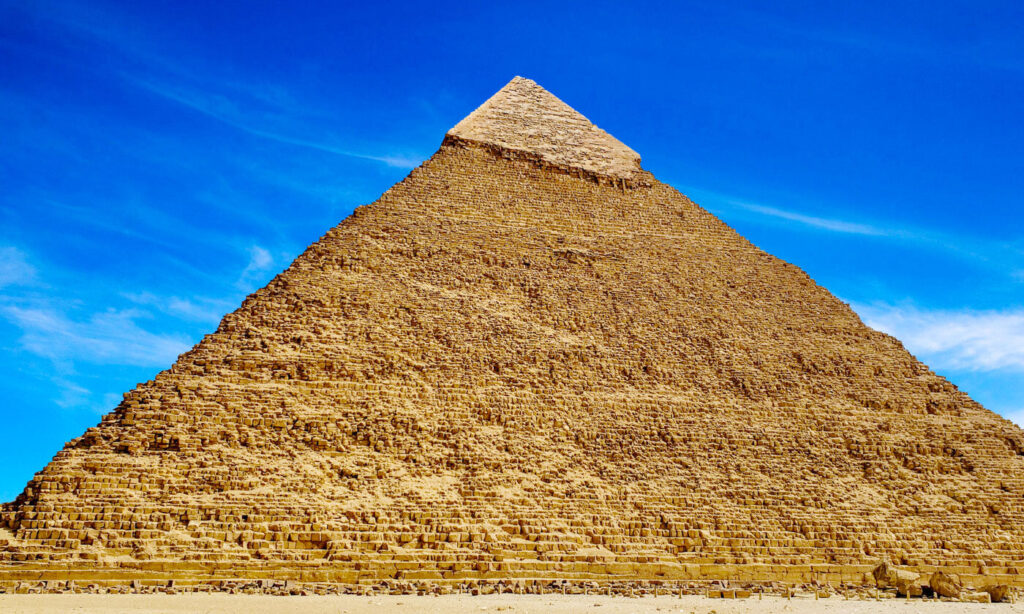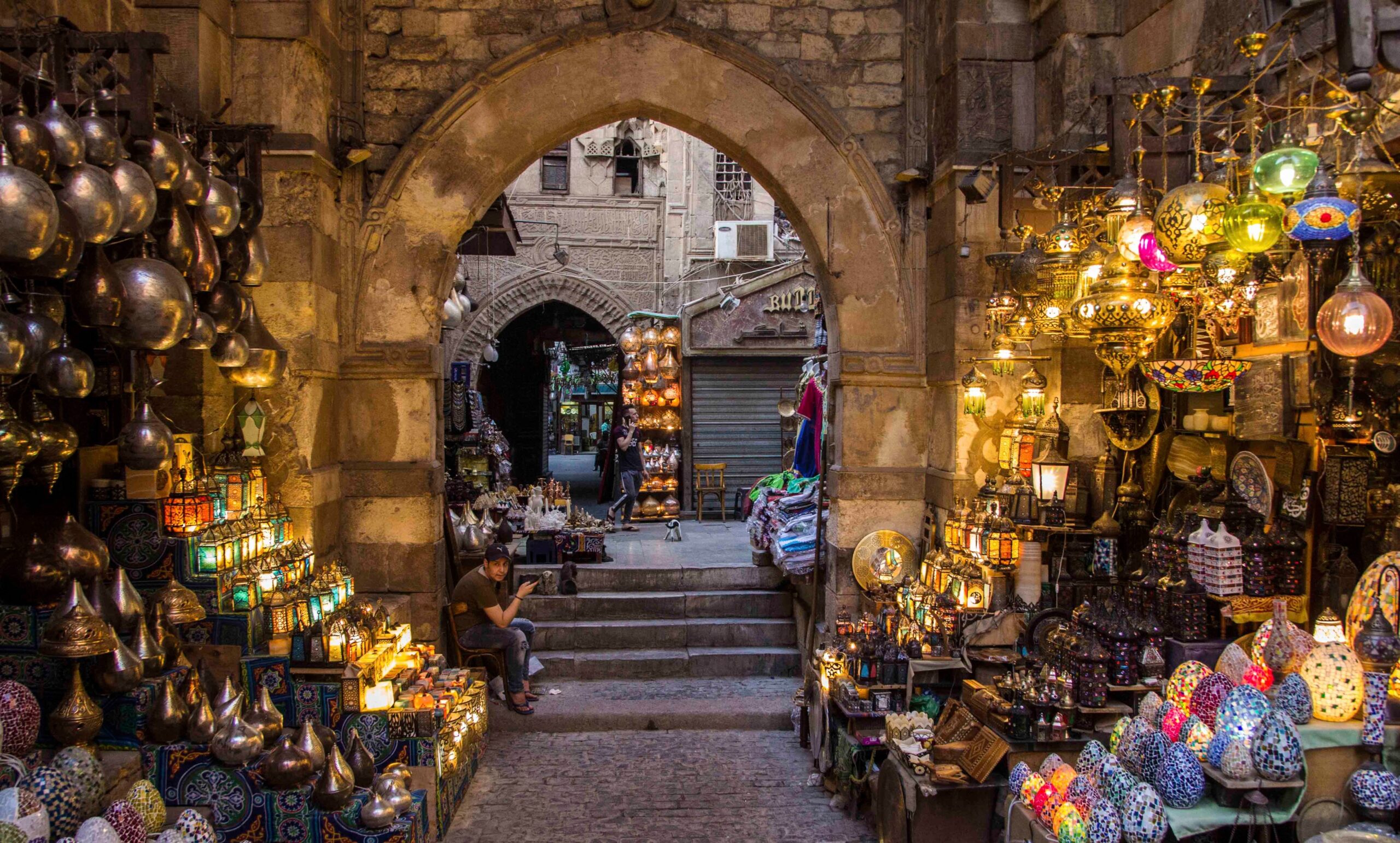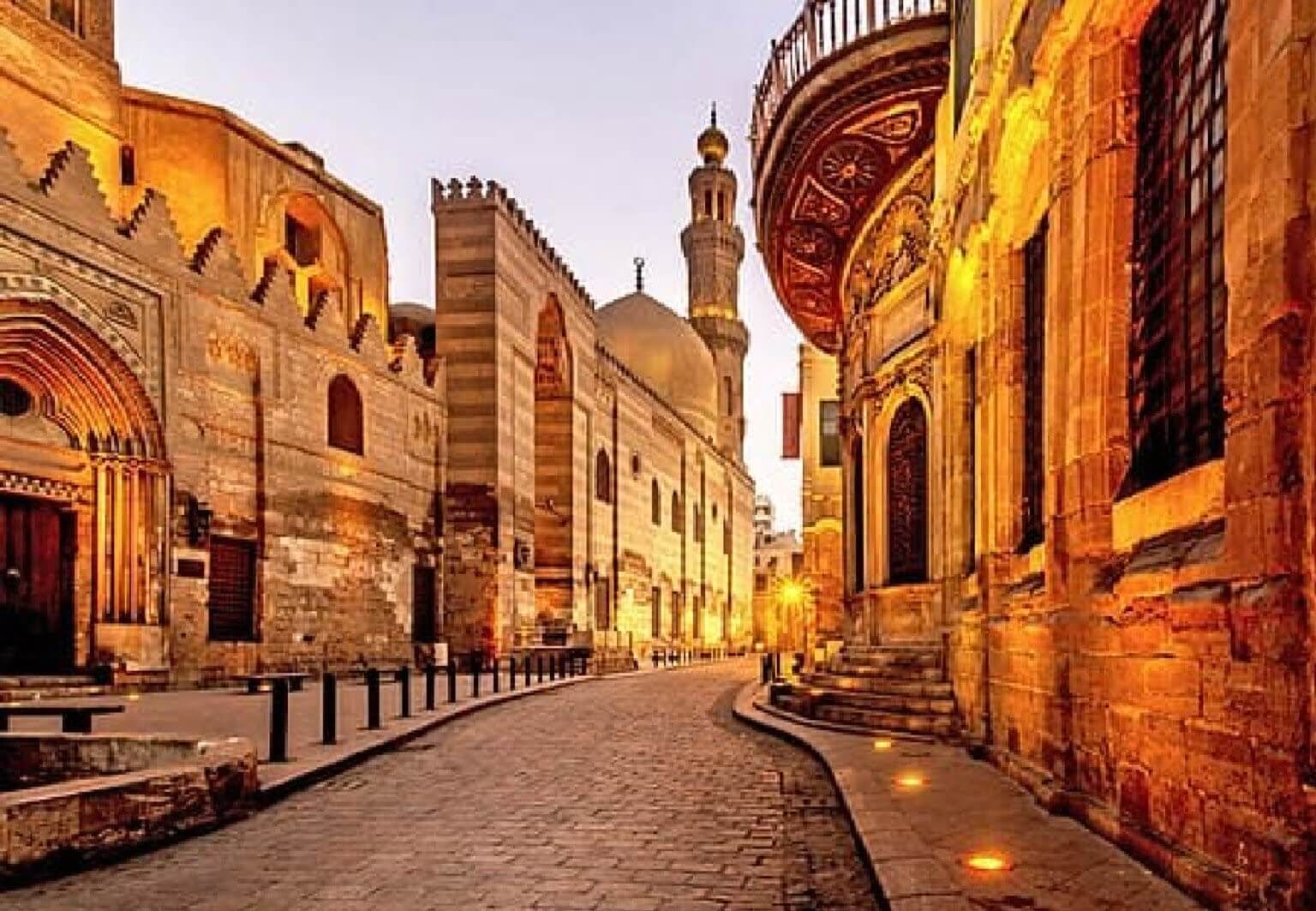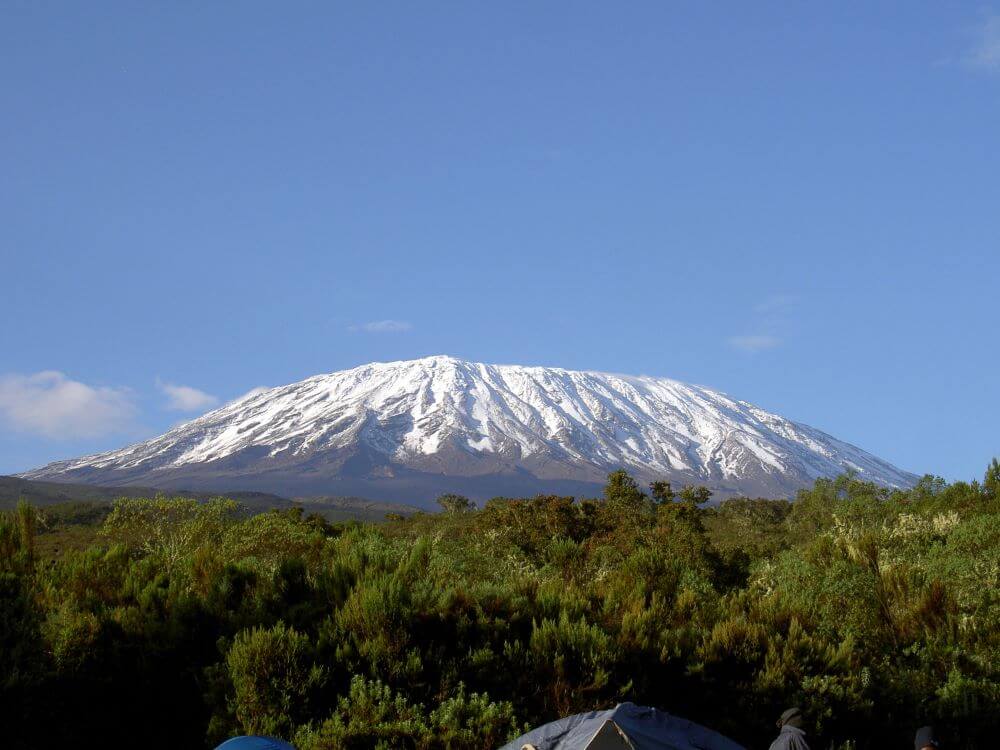As the first rays of the morning sun gently kiss the colossal limestone figure, a mythical creature comes to life on the Giza Plateau, captivating visitors from all corners of the globe. The Great Sphinx of Giza, a mesmerizing marvel of ancient Egypt that stands as a symbol of timeless mystery and an enduring testament to the ingenuity and artistic prowess of the ancient world.
So what makes the Great Sphinx such is a legendary statue?
This structure that combines the head of a wise human with the regal body of a fierce lion, projecting an enigmatic aura has fascinated explorers, scholars, and travelers for centuries. Facing resolutely from west to east, it holds its ground on the west bank of the Nile River, gazing stoically into the horizon of eternity.

For millennia, the face of the Sphinx is believed to be that of the Pharaoh Khafre, a prominent ruler of the 4th dynasty of ancient Egypt. Khafre, known as the builder of the second of the three Pyramids of Giza, left a monumental legacy for generations to come. His pyramid, standing tall alongside the Great Pyramid of his father, Khufu, attests to the remarkable architectural achievements of this ancient civilization.

The Pyramid of Khafre, built in ancient Egypt’s Old Kingdom during the Fourth Dynasty, stands as a testament to the era’s greatness, featuring innovative architecture, religious significance, and the iconic Great Sphinx. Despite its age, it continues to attract tourists, showcasing the brilliance of ancient Egyptian civilization.
Khafre’s valley temple, connected to his pyramid by a majestic causeway, is a testament to the grandeur and sophistication of ancient Egyptian construction. Constructed using massive monolithic blocks of granite, the temple housed remarkable statues of the Pharaoh, sculpted from diorite sourced from a distant quarry in the Nubian Desert.

Near the causeway lies the Great Sphinx, a majestic figure that many believe bears the features of Khafre. Carved directly from the bedrock of the Giza plateau, the original shape of the Sphinx has undergone restoration over the years, with layers of limestone blocks meticulously added to preserve its splendor.

The Great Sphinx is a monumental representation of a recumbent lion fused with the head of a king, an icon that powerfully symbolized the fusion of royalty with the strength of the lion and its association with the sun and the horizon. Its colossal dimensions, measuring 240 feet long from paw to tail, 66 feet high from base to head, and 62 feet wide at the rear haunches, make it the first truly colossal sculpture in Egyptian history.
Interestingly, the head of the Sphinx is proportionally smaller than its body, likely due to a defect in the stone. The skilled sculptors of ancient Egypt ingeniously elongated the body to compensate for this anomaly, resulting in the awe-inspiring figure that we see today.

At the forefront of the Sphinx lies a separate temple dedicated to the worship of its cult, shrouded in ancient secrets and enigmatic tales. Although scant information is available about this temple, its significance is evident in the two sanctuaries—one facing east and the other west—perhaps representing the rising and setting sun, a profound connection to the cycle of life.
As visitors stand in awe before the Great Sphinx, they become part of a history that spans millennia. It is the oldest known monumental sculpture in Egypt, an ancient enigma that beckons us to uncover the stories of the past. Created during the reign of Khafre, this awe-inspiring wonder has withstood the tests of time, remaining an iconic symbol of ancient Egypt and an enduring beacon of human ingenuity and artistry.
The Great Sphinx of Giza invites us to delve into the mysteries of the past and marvel at the brilliance of a civilization that continues to captivate the world with its unparalleled grandeur. Standing before this ancient guardian, one cannot help but feel a profound sense of wonder and reverence for the ingenuity and imagination of our ancestors. As we gaze into the eyes of the Sphinx, we find ourselves embarking on a journey through time, where the mysteries of ancient Egypt unfold before us, leaving us mesmerized and enriched by the splendor of our shared human heritage.
Travel Planning Guide: Exploring the Great Sphinx of Giza

The Great Sphinx of Giza stands as an iconic symbol of ancient Egypt’s grandeur and mystique, attracting travelers from all over the world. If you’re planning a visit to this magnificent site, here’s a comprehensive guide to help you make the most of your experience.
- Getting There: The Great Sphinx is located on the Giza Plateau, approximately 12 miles southwest of downtown Cairo. It is in close proximity to other archaeological wonders like the Pyramids of Giza, Saqqara, and Memphis.
- Time to Spend: Plan to allocate 1 to 2 hours for your visit to the Great Sphinx. While the site itself is not vast, this timeframe allows you to soak in its historical significance and explore the surrounding areas.
- Location: Cairo, Egypt is the base for your visit to the Great Sphinx.
- Prearranged Tours: Signing up for a prearranged tour is recommended by past travelers as it offers special access to select areas of the site and includes admission fees. Additionally, having a knowledgeable guide enhances your understanding of the monument’s historical and cultural importance.
Recommended Tour Operators:
- Memphis Tours (https://www.memphistours.com/Egypt)
- Love Egypt Tours (https://loveegypttours.net/)
- Tour by Camel: For an authentic Egyptian experience, consider exploring the area on a camel. Egypt Tours Portal offers camel tours, adding a unique touch to your visit. Contact: Phone – (+20) 100 405 1515, Email – Operation@egypttoursportal.com
- By Car, Taxi, or Bus Tour: The easiest way to reach the Great Sphinx is by car, taxi, or bus tour. Parking is available at the Giza Plateau entrance, and there is no parking fee. However, a parking ticket costing 5 Egyptian pounds (less than $1) per car is required to park inside the site near the pyramids.
- Giza Plateau Tickets: To explore the Great Sphinx and the adjacent pyramids, you’ll need a Giza Plateau ticket. Ticket prices are as follows:
- Adult Tickets: 80 Egyptian pounds ($9) per person
- Student Tickets: 40 Egyptian pounds (less than $5) each
The ticket includes access to the Great Sphinx’s temples and other key attractions in the area. Keep some extra cash on hand for purchases at the gift shop or using the restrooms by the free parking lot.
As you embark on your journey to the Great Sphinx of Giza, prepare to be captivated by the timeless allure of this ancient masterpiece. Whether you opt for a prearranged tour with a guide, an adventurous camel ride, or an independent exploration, the Great Sphinx promises to be an unforgettable highlight of your travels in Egypt. Immerse yourself in the mystique of history and culture as you stand before this enigmatic marvel, and let the Great Sphinx transport you to a bygone era of wonder and splendor.















